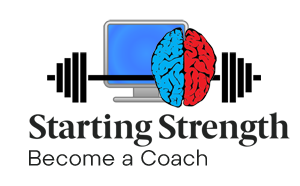Point A is the top of the patella. Not the top of the lady's quad. Point B is the hip crease. Point B needs to drop below point A and below parallel to the ground.
I am not an SSC and I'm autistic so I may very well be wrong, but I believe it's about parallel, the top of the patella and the hip joint as identified by the apex in the crease of shorts or pants, and not about the size of a person's quads.








 Reply With Quote
Reply With Quote

